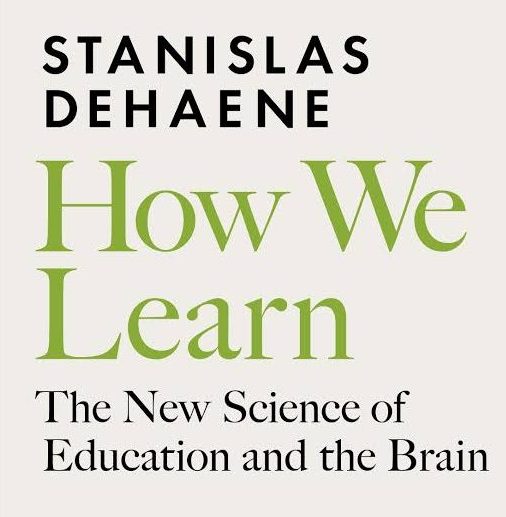Creative Disturbance is an experimental podcast platform created over 10 years ago at UTD. It closed during the COVID-19 pandemic, but we have rejuvenated and relaunched the project in 2024 thanks to your crowdfunding support.
Thanks to the UTD Saturn Digital Archive Project, our podcasts will have been archived digitally and on paper.
We now wish to get your help to become:
Meta-Cultural: One of the originalities of the project is its multi-lingual approach. The ArtSciLab involves faculty and students who speak dozens of different languages. We wish to serve as a platform for cross-cultural ingenuity. There is a deep incentive among UTD international students to publish for audiences in their home language. We will use the latest techniques in localization methods to reach audiences anywhere.
Meta-Disciplinary: Creative Disturbance seeks to ignore disciplinary boundaries that make interdisciplinary collaboration difficult. This remains a deep problem in academic institutions.
Meta-Generational: The pandemic triggered many changes in social behaviors, including the ability of older people to use the internet. We propose a goal of cross-generational communication and collaboration. We wish to publish the ideas of people of any age. We plan to re-interview people from podcasts recorded over 10 years ago and see how they think differently today.
Meta-Experimental: Creative Disturbance seeks to be productively disorganized and experimental, using best transition design methods to respond quickly to emerging needs and topics. An example is the Virtual Africa channel, which responded to the suggestions of growing numbers of students from Africa and China in our University. Creative Disturbance will listen loudly to the anxieties and proposals for anyone in our extended community. Part of this is to be meta-modal and publish in any medium that can be used to publish, including virtual reality and AI listeners. We also plan to publish an acid free paper book for audiences 1,000 years from now.
We propose to raise $5,000 to pay students who record, edit and publish podcasts. Should additional funds be raised, we would allot them to students in different disciplines across campus to interview people in their areas of interest. This would include data analytics, psychology and neuroscience, physics and any other diploma or microcredit on the UTD campus. In addition, we would pay students to be liaisons to our international collaborators in Columbia, China, Europe, Canada and elsewhere.
Since our launch of Creative Disturbance, we published over 900 podcasts and have had over 100,000 downloads. We would like to triple this number and provide publishing opportunities for students to build their portfolios and resumes. With a focus on the families of students, internationally and in the U.S., we think Creative Disturbance could serve as a smart or cyber- village, an international movement under way to provide social innovation.

The group is led by UTD alumnus and ArtSciLab Manager Evan Acuna. The first team membership will be offered to ArtSciLab members https://artscilab.utdallas.edu/people/ including faculty and students. We would also reach out to the lab alumni 100 strong https://artscilab.utdallas.edu/people/. Roger Malina would be the supervising faculty member.
We would also offer the opportunity to each donor to record and publish a podcast of their own, subject to ethical review.
To Fund and show support towards ArtSciLab: https://impact.utdallas.edu/project/44774
You can learn more about ArtSciLab here and follow us on Instagram and LinkedIn.








